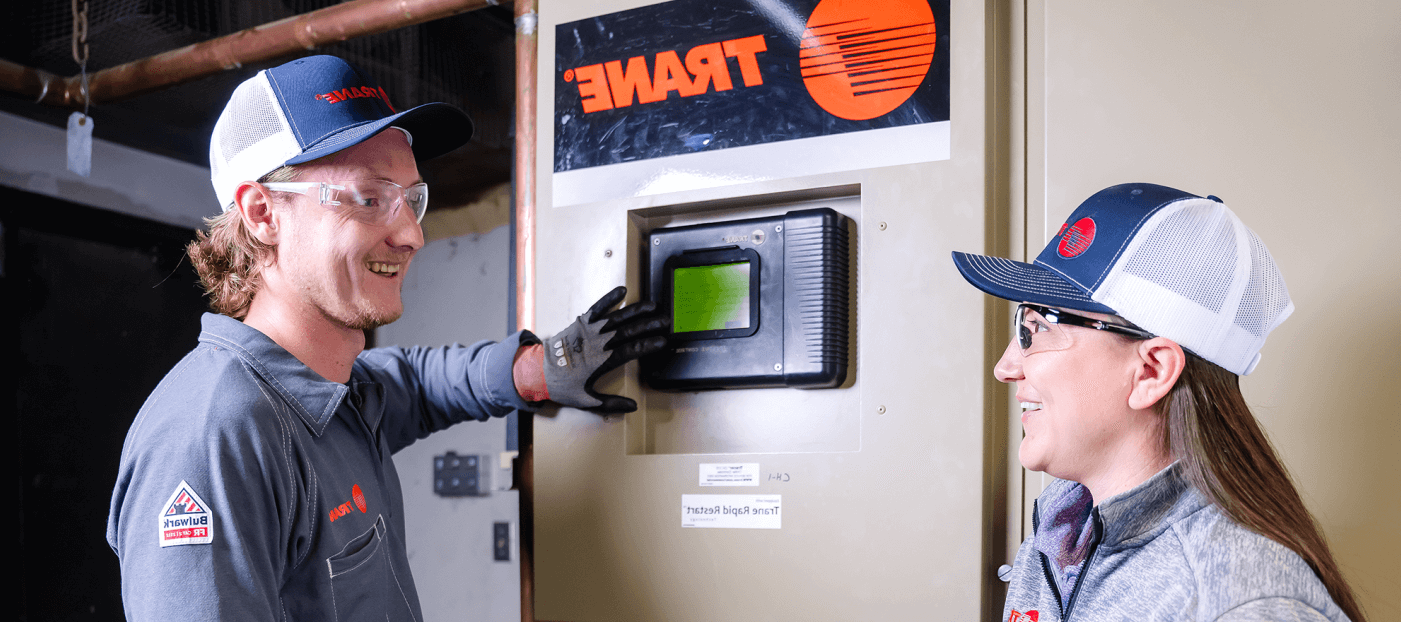Registered Apprenticeship Programs

What is a Registered Apprenticeship Program?
A Registered Apprenticeship Program (RAP) is a proven model of apprenticeship that has been validated by the U.S. Department of Labor or a State Apprenticeship Agency. RAPs give employers the ability to access a diverse pool of talented potential employees who are prepared to step into entry-level management positions through obtaining paid-work experience, classroom instruction, and nationally recognized qualifications.
Thousands of manufacturers across the U.S. and among our global competitors use the Registered Apprenticeship training model to recruit, train, and retain workers with the right skills. Registered Apprenticeship has been the most effective training model for enhancing companies’ performance and competitiveness.
Build Your Company's Program |
Through the Women in Manufacturing Association's® (WiM) partnership with Jobs for the Future, WiM corporate members, chapters, and individual members have access to a streamlined way of building their own Registered Apprenticeship Program. Jobs for the Future works to connect interested corporations with the appropriate partner to carry out a successful and equitable Registered Apprenticeship Program by providing technical assistance in recruiting, retaining, and training women in manufacturing Registered Apprenticeship Programs.
Benefits of Building a RAP
-
Customize training to meet the company’s needs
-
Recruit and develop a diverse and highly- skilled workforce
-
Improve productivity, profitability, and the company’s bottom line
-
Reduce turnover, improve loyalty, and retain top talent
-
Demonstrate investment in the community
-
Create effective and efficient training practices
-
Upskill the company’s current workforce
-
Provide pathways for career advancement
Inquire About building your own program!
Trane Technologies Case Study

Learn how Trane Technologies leveraged our partnership with Jobs for the Future to address workforce sustainability and the skills gap.
Best Practices Webinar Series
Throughout the year, Women in Manufacturing holds Best Practices webinars. Hear stories of successful programs, Tips and Tricks to starting a RAP, meet women who have gone through the apprenticeship program and so much more!
Upcoming Webinar: Engaging Gen Z: The Power of Youth in Program Development and Apprenticeship Mentorship
Unlock the potential of Generation Z in shaping the future of apprenticeships by joining us for our next free webinar on Thursday, June 26, 2025, at 2:00 PM (ET). This panel discussion explores why involving youth—particularly GenZ, with their digital fluency, innovative mindset, and passion for impact—is crucial to designing apprenticeships that resonate and succeed. We’ll dive into the unique strengths GenZ brings to the table, from their tech-savvy problem-solving to their demand for purpose-driven initiatives, and why their voices are essential in crafting apprenticeships that work. Expect expert insights on how mentorship can bridge generational gaps, with practical strategies for empowering youth as co-creators, not just participants, in program development.
Register for the FREE webinar here!
Past Webinars:
- Recruiting for RAPs
- Managing an Apprenticeship Program in Partnership with a Union
- Targeted Recruiting and Retention Practices for RAPs
- Registered Apprenticeship Programs 101 with Scott Elsworth
- Panel Discussion with Community Colleges and Technical Schools on how they partner with businesses
- Hear From Cheryl Thompson, a past Apprentice and how it helped her career
- Susan Emmerich with BASF how they successfully built a RAP from the ground up
- And more!
Become an Apprentice
View additional testimonials in our RAP Virtual Library.
Benefits of Joining a RAP
- Learn the skills and abilities needed to progress
- Receive nationally recognized, portable certification
- Learn new skills
- Fosters a culture of continuous learning
INQUIRE ABOUT JOINING A REGISTERED APPRENTICESHIP PROGRAM TODAY
Statistics
There were 27,385 active apprenticeship programs in 2021, which was 2,418 more active programs than there were in 2021.
 Source: https://www.dol.gov/agencies/eta/apprenticeship/about/statistics/2021
Source: https://www.dol.gov/agencies/eta/apprenticeship/about/statistics/2021
There are 312, 554 more registered apprentices in 2023 than there were in 2013.
 Source: https://www.apprenticeship.gov/data-and-statistics
Source: https://www.apprenticeship.gov/data-and-statistics
The manufacturing industry is the fourth most popular industry to employ apprentices in 2023.

Source: https://www.apprenticeship.gov/data-and-statistics
Employer Benefits |
Employee Benefits |
|
|
